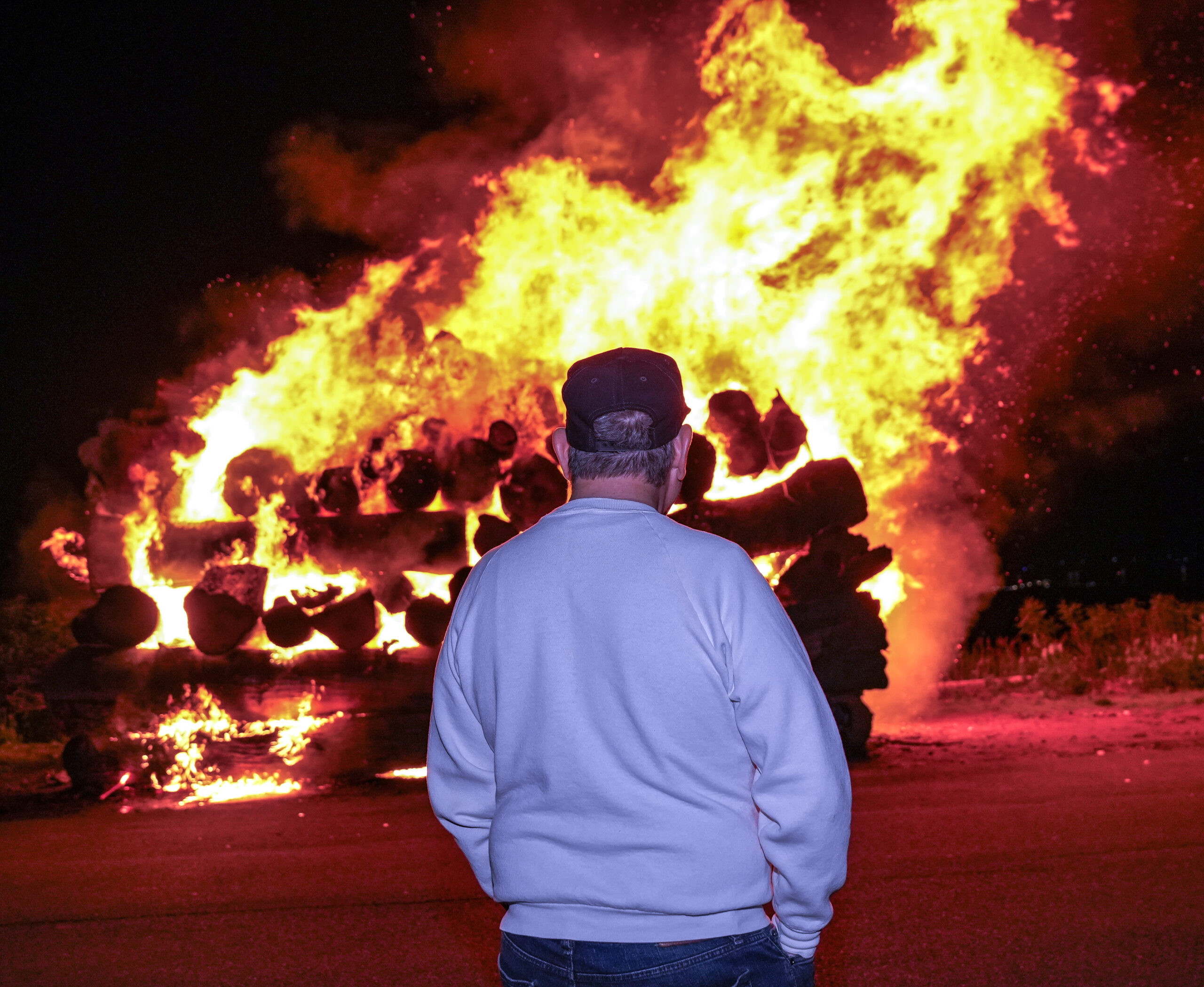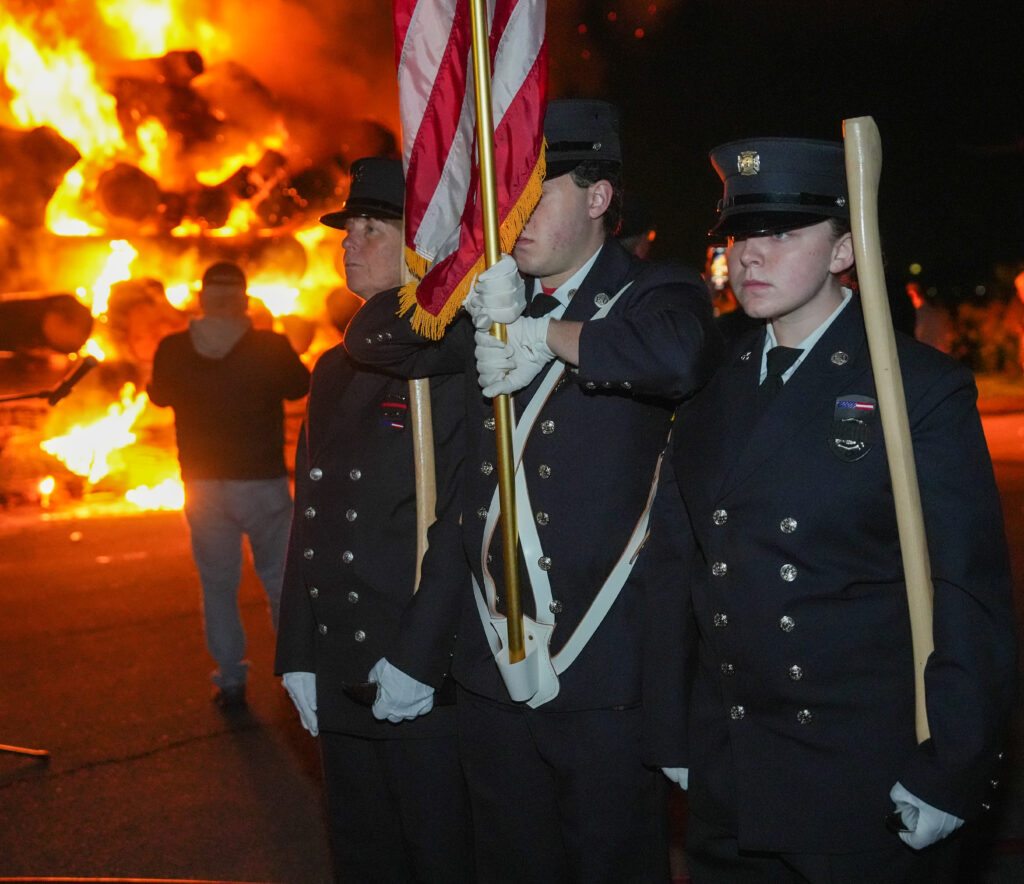
NEW CITY, NY – A guided group hike will take place at Kakiat Park in Montebello at 9 AM this Sunday, August 11, 2019. This two-and-a-half hour strenuous hike will feature the beauty of one of the county’s most popular parks!
The hike will be Led by trained guides, you will have the ability to hike up the rugged Mountain Trail ascending to scenic viewpoints. Immerse yourself in the beauty and versatility of a county park that offers stunning views, a variety of hiking trails (that includes a connector to Harriman State Park), the Mahwah River, a lovely picnic area, open fields and is rich with history.
Walkers should meet in the parking area of Kakiat Park, by the footbridge. Hiking boots are highly recommended for traction and ankle support. Wear clothing suitable for the weather and bring plenty of water and snacks. Sunscreen and bug spray are also suggested.
Pre-registration for walks is suggested, but not required. Contact us at 845-364-2932 or at rcsc@co.rockland.ny.us to register or for more information.

Kakiat Park is located 584 Haverstraw Road (also known as Route 202) in Montebello, across from Viola Elementary School. GPS Viola Elementary School for directions (Park is across the street) or follow this link to the park: https://goo.gl/maps/MtDcwbkkSwNpUdjy6.
Important general information about the guided walks :
Hiking boots are recommended, or else closed-toe shoes with sturdy soles. Wear light-colored clothing and dress for the weather (bring a jacket, hat, and rain gear as needed). Bring snacks and plenty of water, bug spray, sunscreen, binoculars, and a walking stick if you would like.
Meet in the parking lot, unless otherwise specified. All walks are rain or shine.
Unless otherwise specified, these walks are not stroller-friendly and dogs are not allowed.
As with any physical activity program, it is recommended you speak to your physician before starting.
All guided walks are coordinated and supported in partnership with the Rockland County Division of Environmental Resources, the Rockland County Youth Bureau’s Conservation and Service Corps program, and the Rockland County Department of Health.
For more information or directions, please call 845-364-2932 or e-mail rcsc@co.rockland.ny.us.

 Police/Fire/EMS1 week ago
Police/Fire/EMS1 week ago
 Community1 week ago
Community1 week ago
 Politics1 week ago
Politics1 week ago
 Government1 week ago
Government1 week ago













